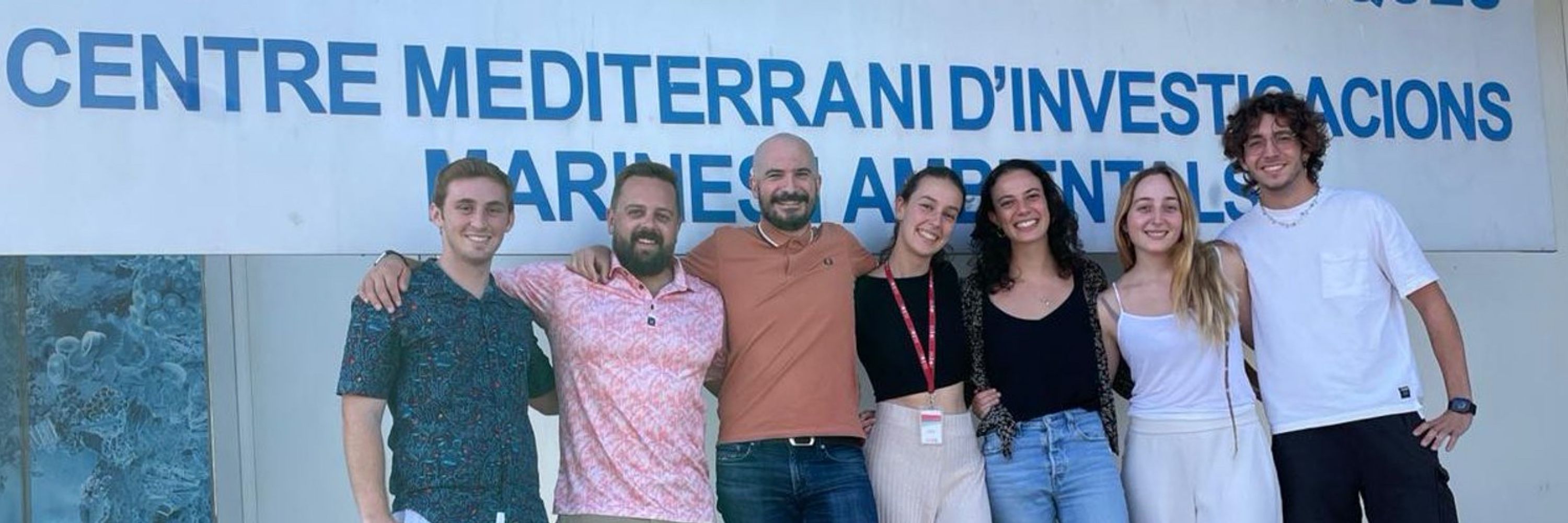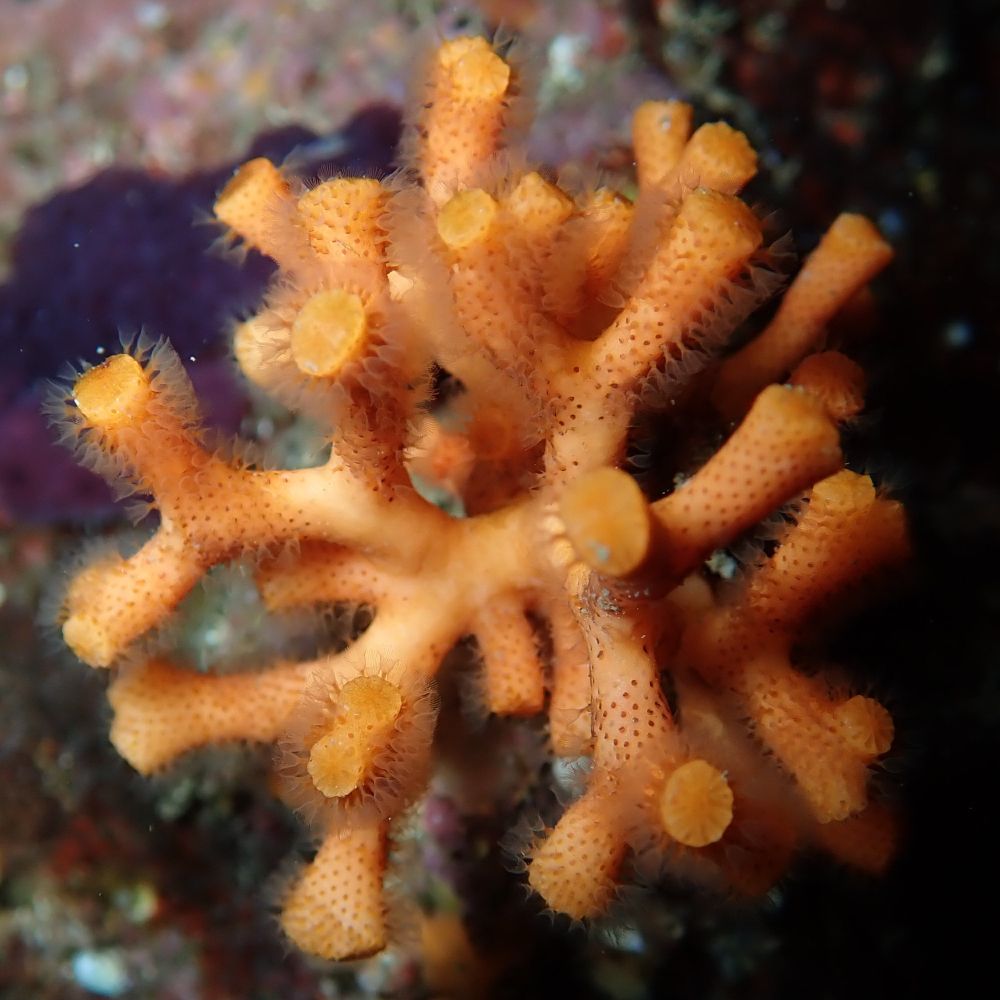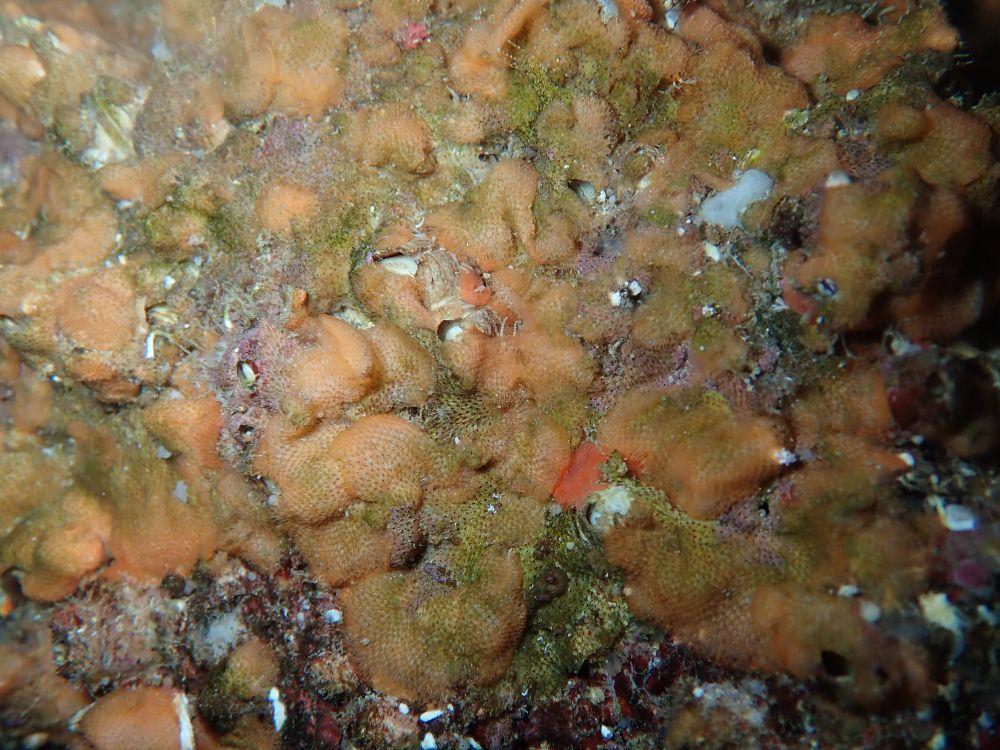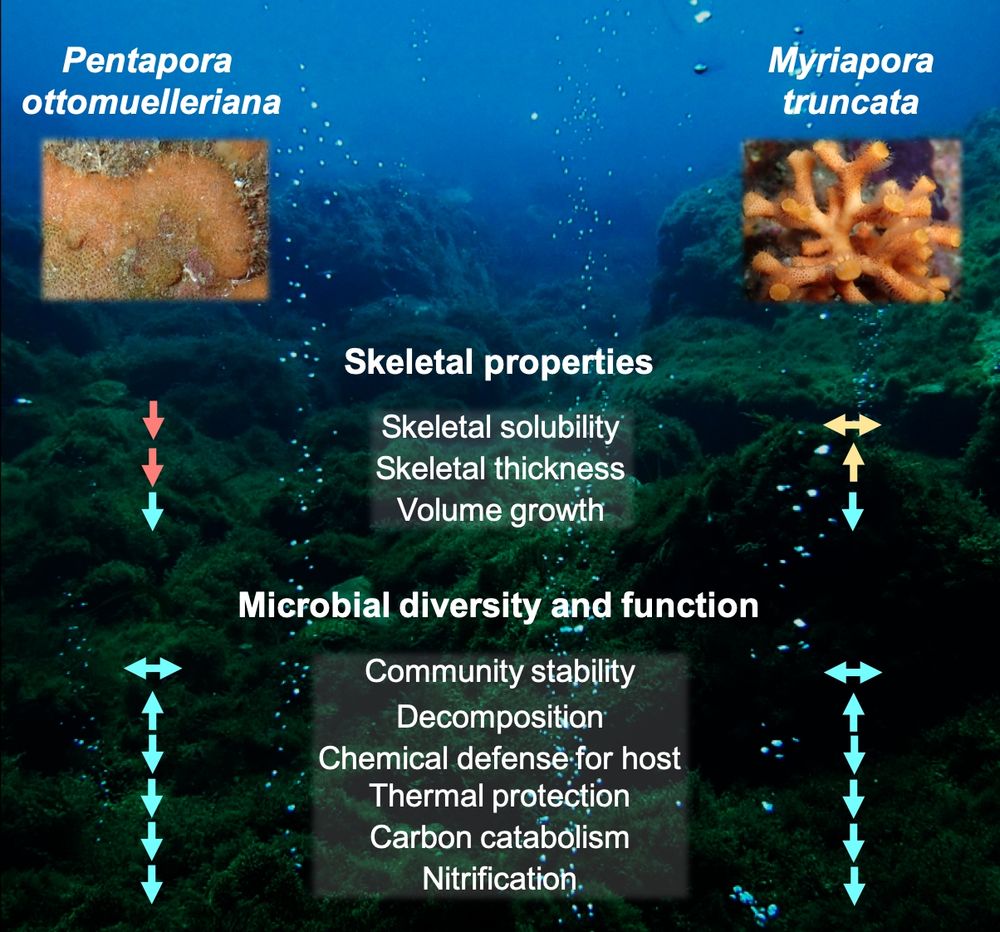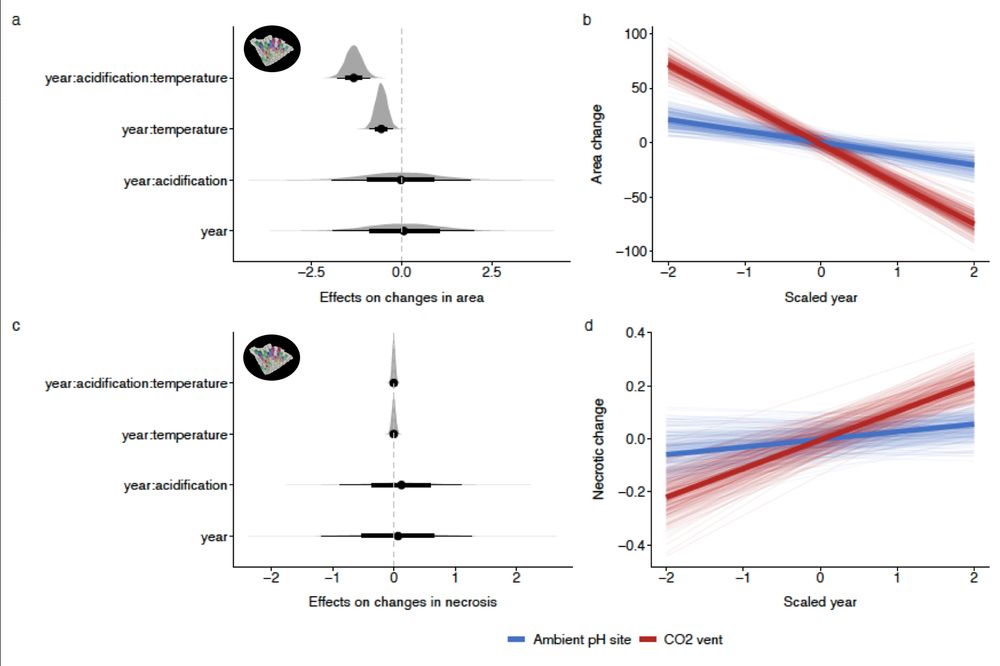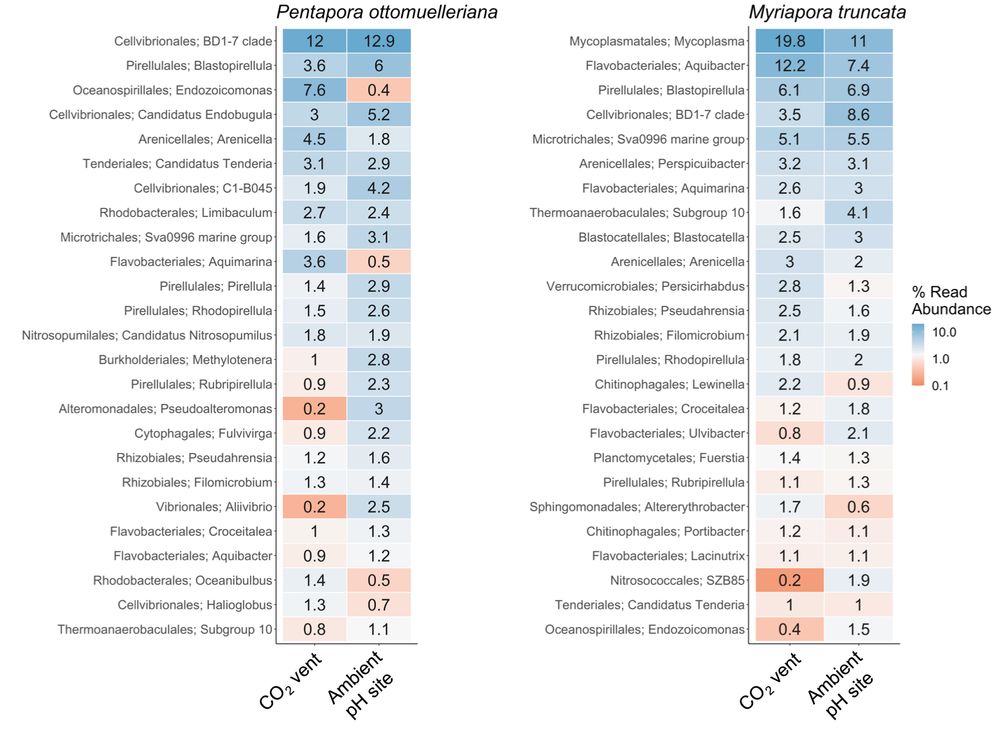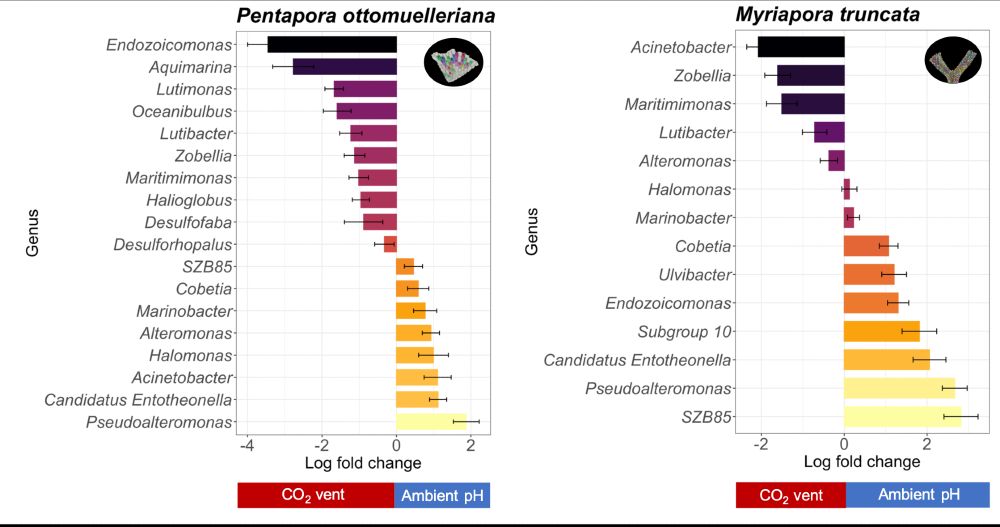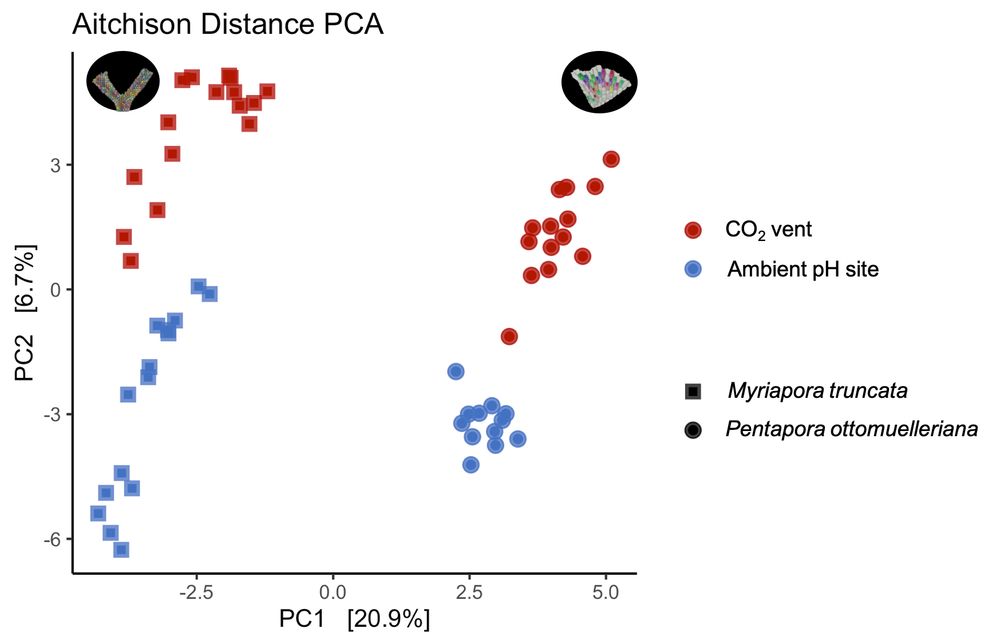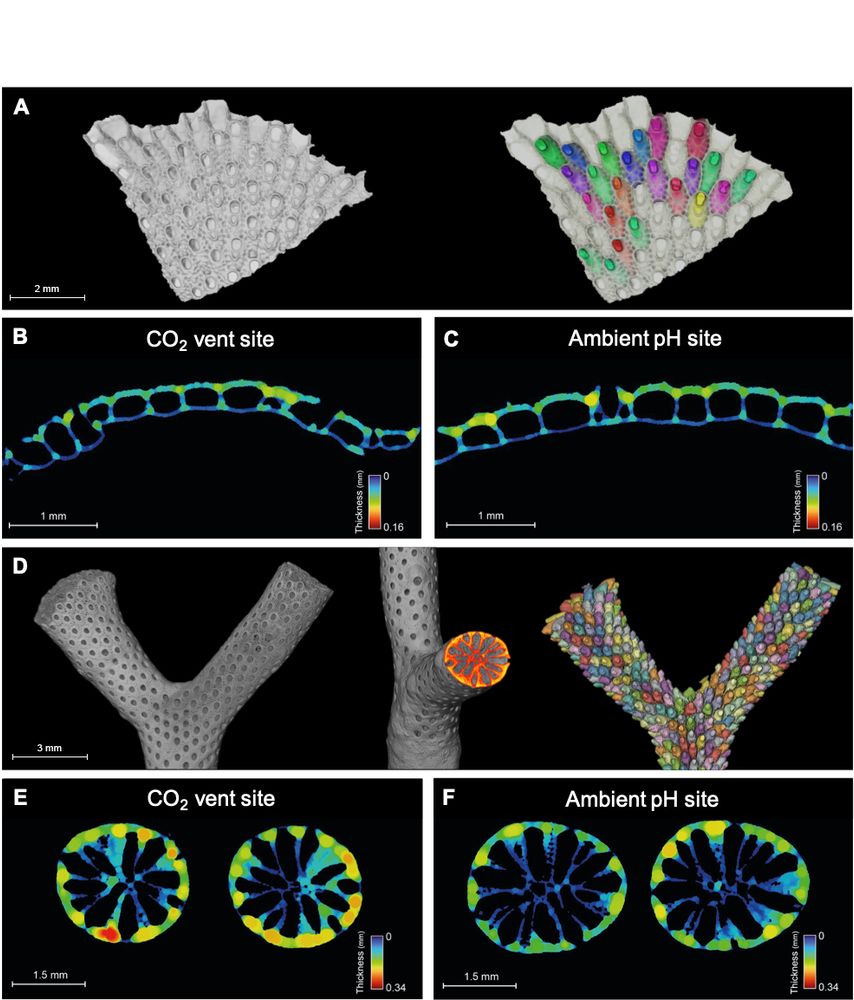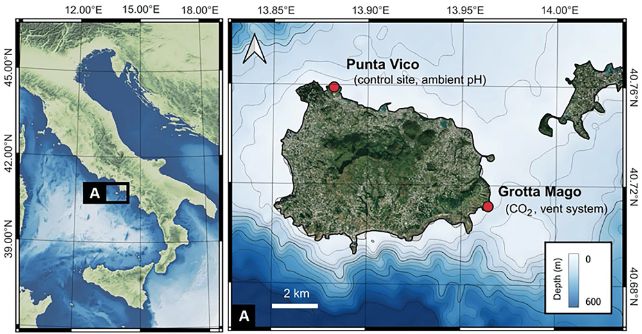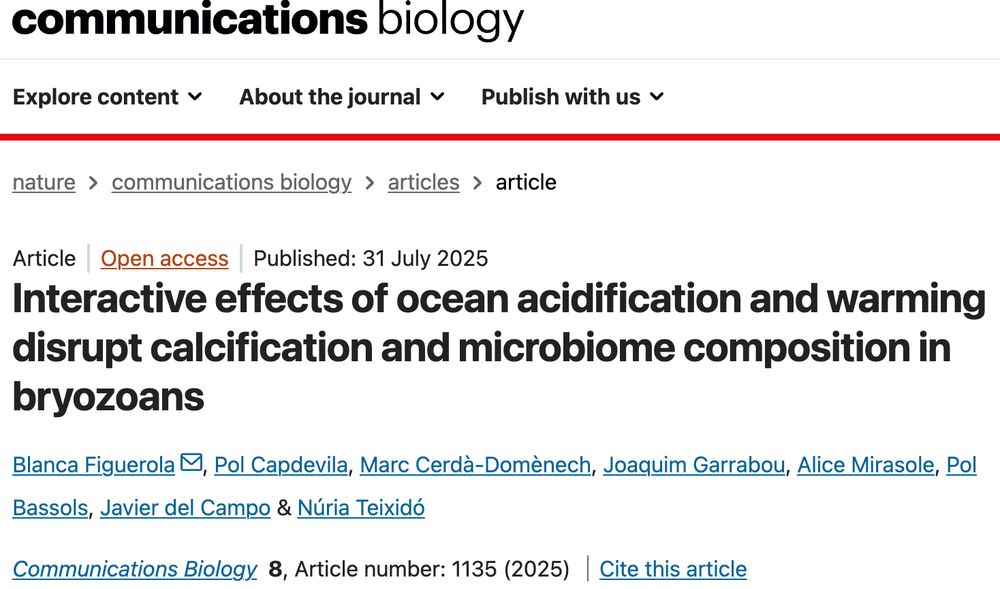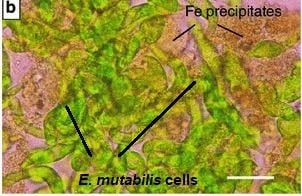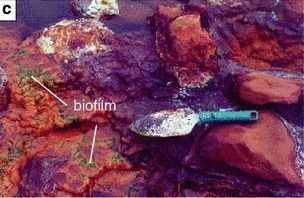del Campo Lab
@delcampolab.bsky.social
180 followers
130 following
76 posts
Microbial Ecology and Evolution Lab at IBE Barcelona led by @fonamental.bsky.social. Studying marine animal holobionts🦠🪸🌊
Posts
Media
Videos
Starter Packs
Reposted by del Campo Lab
Reposted by del Campo Lab
Reposted by del Campo Lab
Reposted by del Campo Lab
Reposted by del Campo Lab
Reposted by del Campo Lab
Reposted by del Campo Lab
Blanca Figuerola
@bfiguerola.bsky.social
· Jul 31
Reposted by del Campo Lab
Reposted by del Campo Lab
Reposted by del Campo Lab
Reposted by del Campo Lab
Reposted by del Campo Lab
Reposted by del Campo Lab
Reposted by del Campo Lab
Reposted by del Campo Lab
Reposted by del Campo Lab
del Campo Lab
@delcampolab.bsky.social
· Jul 24
del Campo Lab
@delcampolab.bsky.social
· Jul 24
del Campo Lab
@delcampolab.bsky.social
· Jul 24
